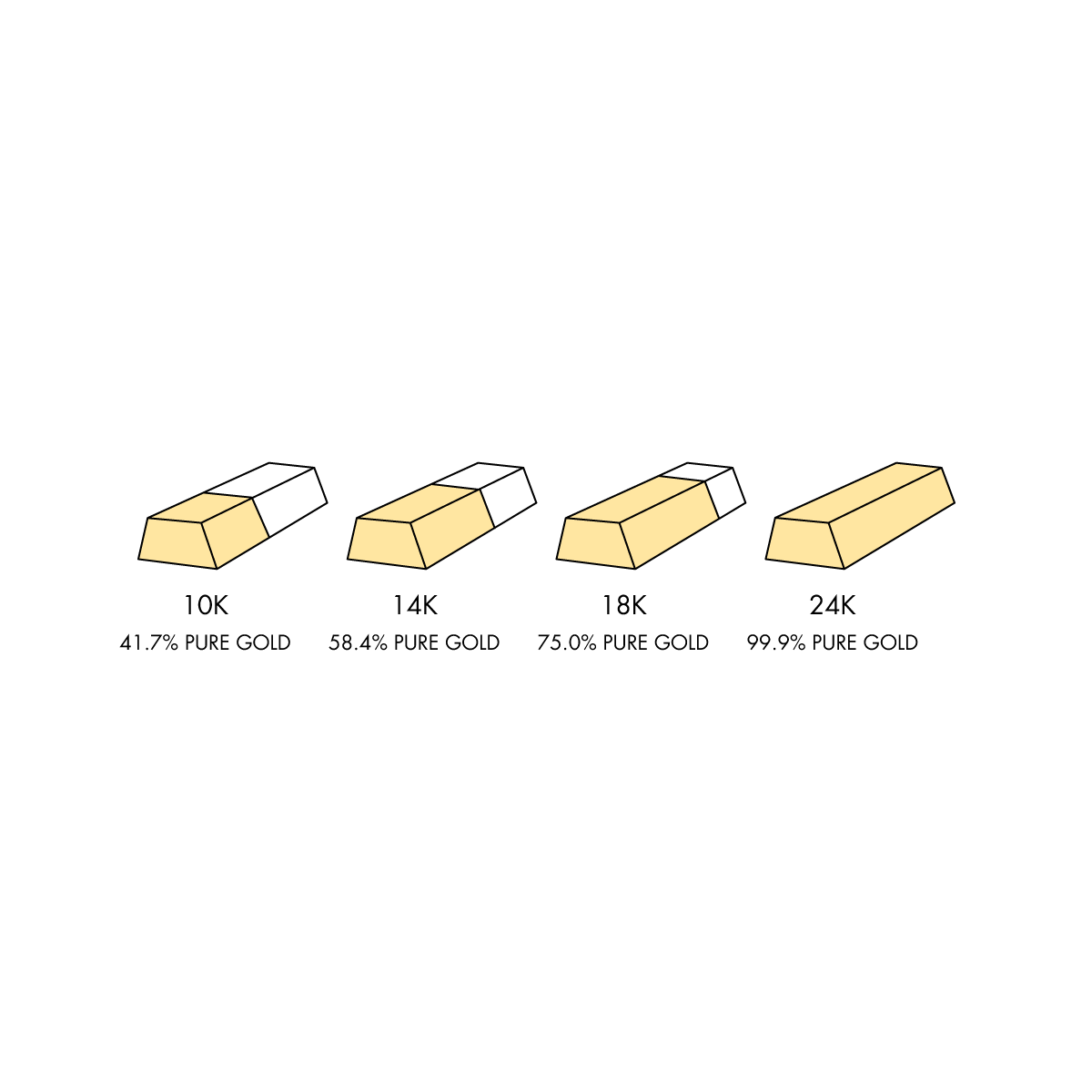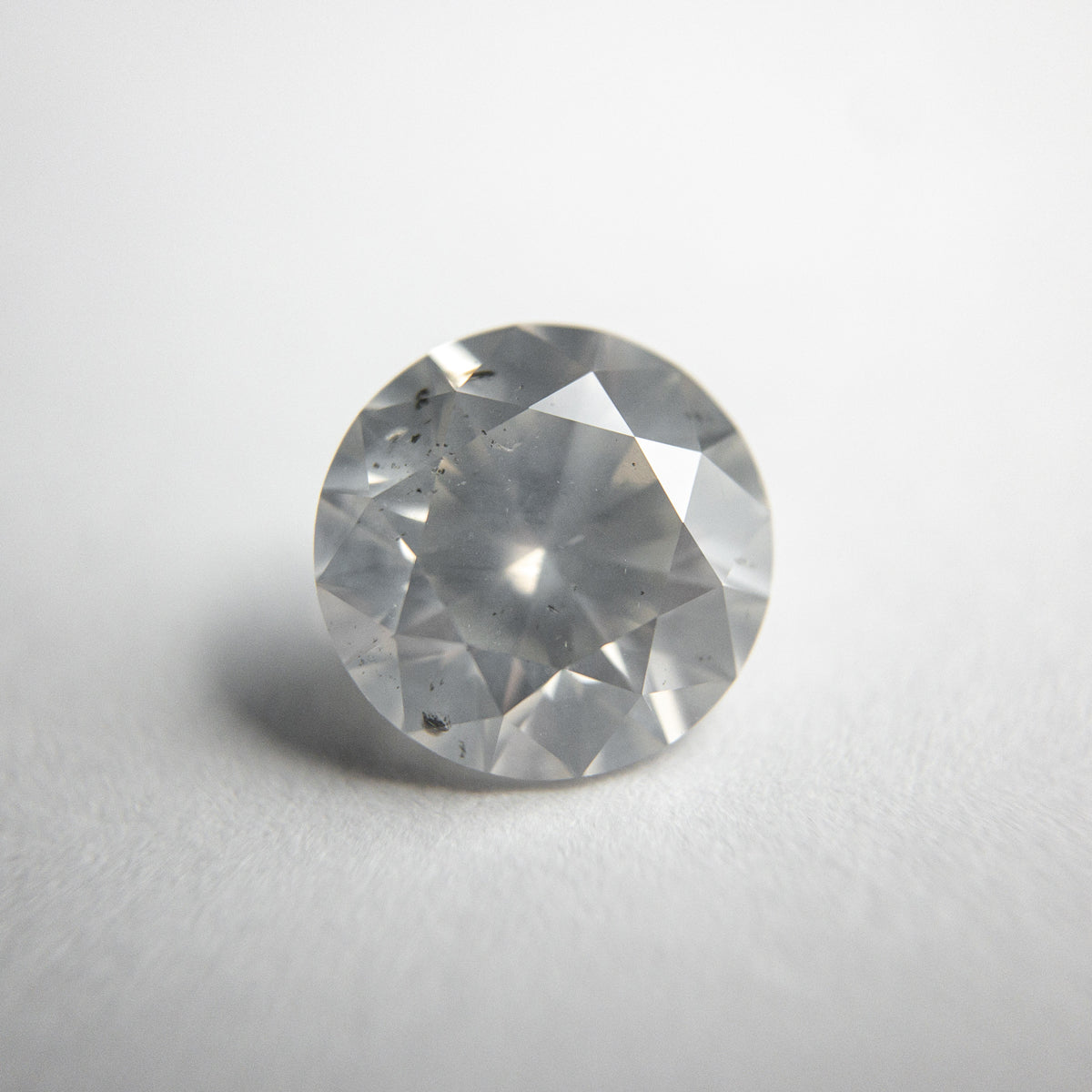Gold Karats Explained

If you've ever shopped for fine jewellery, you've likely heard the word "karat" associated with gold.
Look out for this term, which is sometimes abbreviated to “kt” or “k” preceded by a number (for example, 14K, 18K, 21K). This is not to be confused with “carat” and distinct from other jewellery that is gold plated or gold filled.
So let's begin with what a karat is.
Karat refers to the purity of gold used in jewellery. 24 karat is the highest possible measurement, so the number indicated signifies how many parts out of 24 is made up of pure gold. ATTIC’s collection pieces are made in 14K gold, which means it is 14/24 or almost 60% pure gold.
Gold, in its purest form, is a very soft metal and not suitable for making durable jewelry. That's why it is often mixed or alloyed with other metals to make it stronger and more durable. Here's a breakdown of common karat values in North America:
- 24 karat (24k): This is the highest level of purity for gold. It means the item is made entirely of gold, without any other metals mixed in. It's the most valuable but also the softest and less durable for everyday wear.
- 18 karat (18k): This means the item is made up of 18 parts gold and 6 parts of other metals (such as copper or silver), making it 75% pure gold. It's a popular choice for jewelry because it offers a good balance between purity and durability.
- 14 karat (14k): This means the item contains 14 parts gold and 10 parts other metals, making it 58.3% pure gold. It's also commonly used for jewelry and provides good durability while being more affordable than higher karat options.
- 10 karat (10k): This means the item is made up of 10 parts gold and 14 parts other metals, making it 41.7% pure gold. It's the lowest karat value that can legally be considered gold in many countries. It's more durable but contains less gold.


